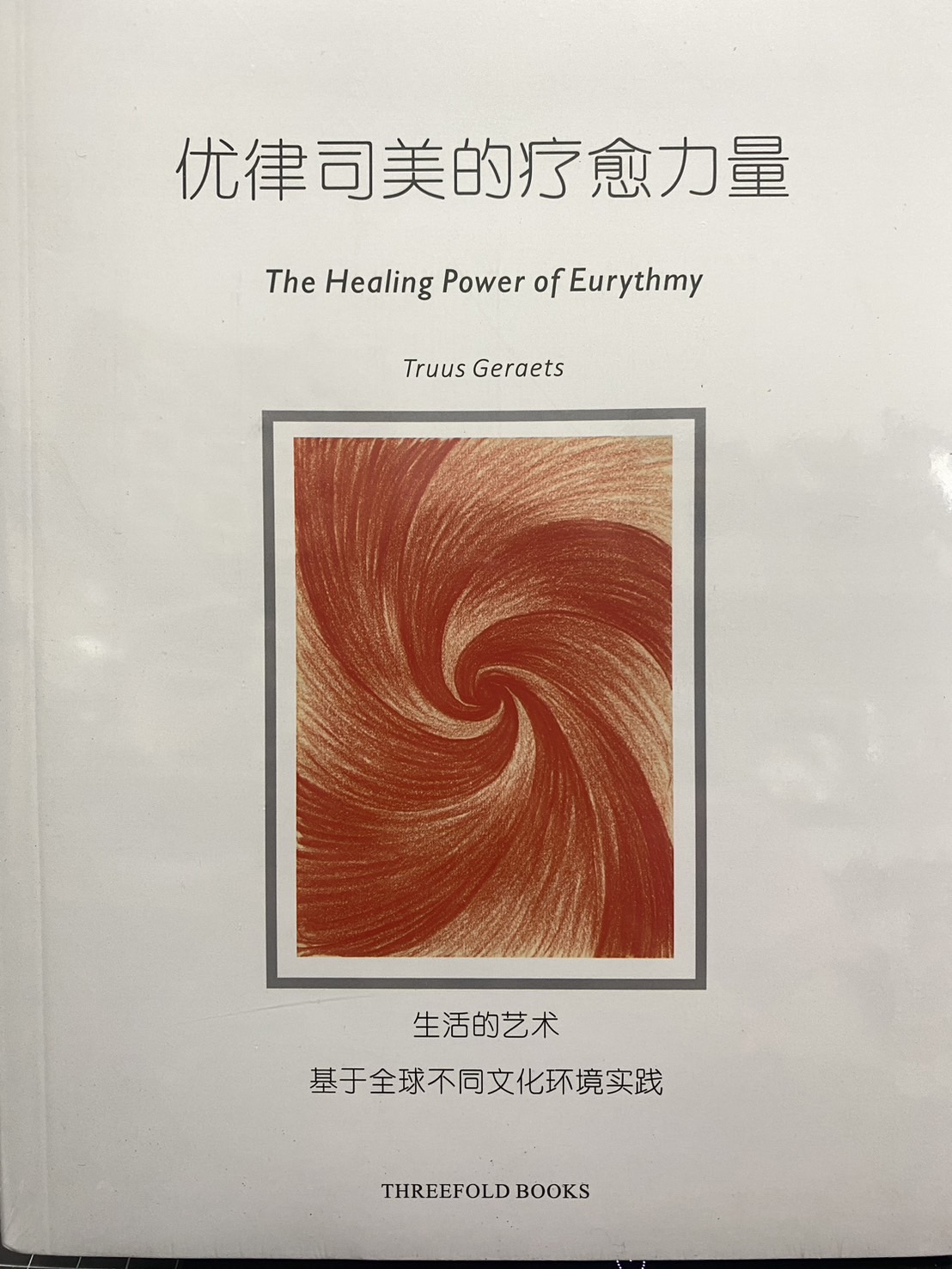商品分類
每月新品
書藉-> (1407)
外國書藉-> (866)
華得福教育介紹 (21)
華德福相關課程 (246)
學齡前幼童 (30)
優律思美(Eurythmy) (22)
形線畫 (14)
音樂書籍及CD (31)
繪畫藝術 (44)
健康、照護及溝通 (105)
遊戲活動 (33)
繪本/童話/圖文書 (191)
各種手工藝 (99)
其他 (30)
本國書藉-> (225)
簡體書藉-> (314)
香港書籍 (2)
樂器 (7)
John Billing CD (7)
文具藝術用品-> (127)
手工材料及工具-> (144)
染布相關-> (13)
玩具 (41)
特價專區 (7)
活水器 (1)
限量手工羊毛作品->
藍染包包特價區 (18)
開課資訊
限量手工娃娃專區 (2)
限量手工作品 (12)
二手/瑕疵出清 (6)
書藉-> (1407)
外國書藉-> (866)
華得福教育介紹 (21)
華德福相關課程 (246)
學齡前幼童 (30)
優律思美(Eurythmy) (22)
形線畫 (14)
音樂書籍及CD (31)
繪畫藝術 (44)
健康、照護及溝通 (105)
遊戲活動 (33)
繪本/童話/圖文書 (191)
各種手工藝 (99)
其他 (30)
本國書藉-> (225)
簡體書藉-> (314)
香港書籍 (2)
樂器 (7)
John Billing CD (7)
文具藝術用品-> (127)
手工材料及工具-> (144)
染布相關-> (13)
玩具 (41)
特價專區 (7)
活水器 (1)
限量手工羊毛作品->
藍染包包特價區 (18)
開課資訊
限量手工娃娃專區 (2)
限量手工作品 (12)
二手/瑕疵出清 (6)
品牌
快速尋找
| 1 x | Tell Me a Story |
| 3 x | 熄燭器-鐵製(H-104) |
| 2 x | 巧手染玩耍棉布(單塊)(T-001) |
| 1 x | 彩色櫸木疊疊平衡石(20粒)(T-043) |
| 2 x | 魔術方塊積木(T-023) |
| 2 x | 棕色竹節手工拼布包 |
| 3 x | 藍染花布春響肩背包 |
| 2 x | 石頭積木(T-025) |
| 1 x | 藍染花布肩背包 |
| 2 x | 手工製沙包(H-072) |
| 2 x | 木製蠟燭燭台(H-102) |
| 2 x | 彩虹積木(小) |
| 1 x | 彩虹屋積木(T-019) |
| 2 x | 植物染棉布大提(肩)包 |
| 1 x | 逗號燭台(木製) |
| 2 x | 松木廚房寶貝架(H-039) |
| 3 x | 橢圓桌椅組(一桌4椅)-迷你型 |
| 2 x | 手工編織偶(H-131) |
| 1 x | 大旅行包 |
| 3 x | 蜂蠟茶燭 六角盒 |
| 1 x | 娃娃藤籃(小)(H-142) |
| 1 x | 彈弓(木製)(T-003) |
| 1 x | 娃娃藤籃(大)(H-141) |
| 1 x | 大棉襖包 |
| 1 x | The Enchanted Nightingale |
| 3 x | 貝殼橢圓包 |
| 1 x | 巧手染玩耍披風(單塊)(H-140) |
| 2 x | 有機棉-布衛生棉組 |
| 1 x | 藍染花布玫瑰肩背包 |
| 2 x | 木製竹蜻蜓(H-118) |
| 2 x | 中束口包 |
| 2 x | 小魚刺繡包 |
| 2 x | 蝶兒手提包 |
| 1 x | 特製積木組(帶樹皮)(H-112) |
| 1 x | 藍染印花多層次收納包 |
| 2 x | 松木遊戲架(H-038) |
| 2 x | 蘑菇手工藤編籃子 |
| 2 x | 藍染花布抽繩大貝殼包 |
| 1 x | 原木溜溜球(H-119) |
| 1 x | 娃娃家-家具組C(浴室組)(T-029) |
| 1 x | The Kingdom of Beautiful Colours |
| 2 x | 櫸木疊疊平衡石(20粒)(T-042) |
| 1 x | 充滿生命的食物(BC-128)(簡體書) |
| 1 x | 心花朵朵手提包 |
| 1 x | 彩虹積木(中) |
| 1 x | 原色手工積木(32塊)(H-103) |
| 1 x | 原色手工積木(52塊)(T-017) |
| 1 x | 娃娃家-家具組A(廚房)(T-027) |
| 1 x | 原木陀螺(H-105) |
| 1 x | 不規則造型木製燭台 |
| NT$44,318 | |
品牌訊息
| - | 其他商品 |
Copyright © 2024 詩書坊




